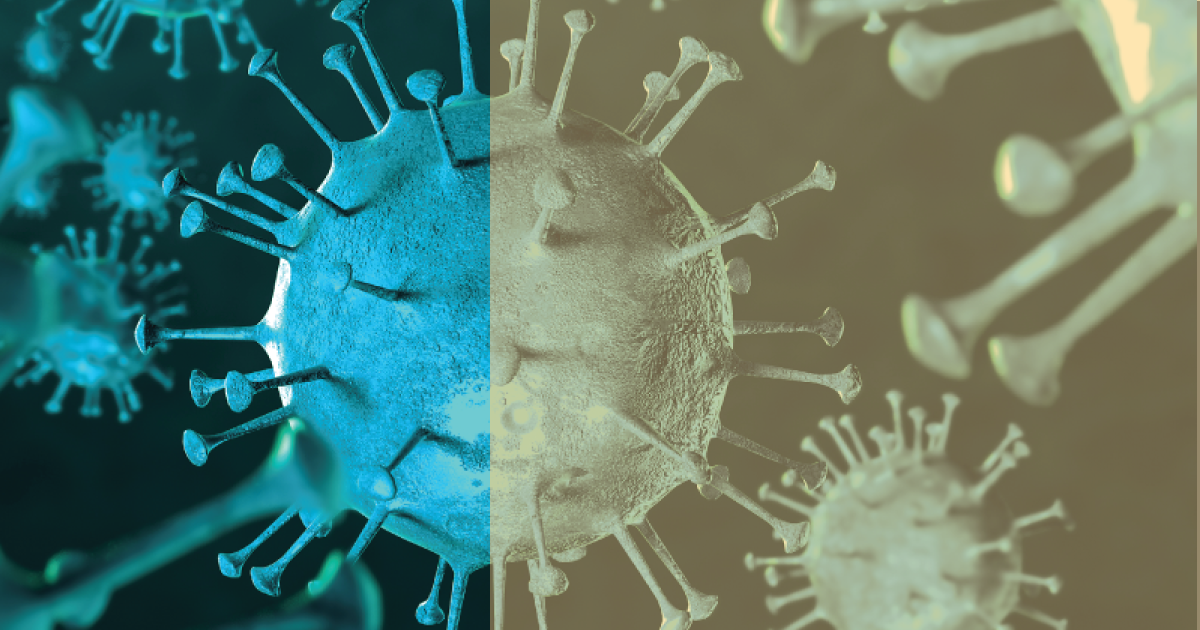
COVID-19 Origins: Investigating a “Complex and Grave Situation” Inside a Wuhan Lab
The Wuhan lab at the center of suspicions about the pandemic’s onset was far more troubled than known, documents unearthed by a Senate team reveal. Tracing the evidence, Vanity Fair and ProPublica give the clearest view yet of a biocomplex in crisis.
April 1, 2023 | Source: ProPublica | by Katherine Eban & Jeff Kao
“A Secret Language of Chinese Officialdom”
Toy Reid has always had a gift for languages — one that would carry him far from what he calls his “very blue-collar” roots in Greenville, South Carolina. In high school, Spanish came easily. At nearby Furman University, where he became the first person in his family to attend college, he studied Japanese. Then, “clueless but curious,” as he puts it, he channeled his fascination with the Dalai Lama into a master’s degree in East Asian philosophy and religion at Harvard. Along the way, he picked up Khmer, the national language of Cambodia, and achieved fluency in Chinese.
But it was his career as a China specialist for the Rand Corporation and as a political officer in East Asia for the U.S. State Department that taught him how to interpret a notoriously opaque language: the “party speak” practiced by Chinese Communist officials.
